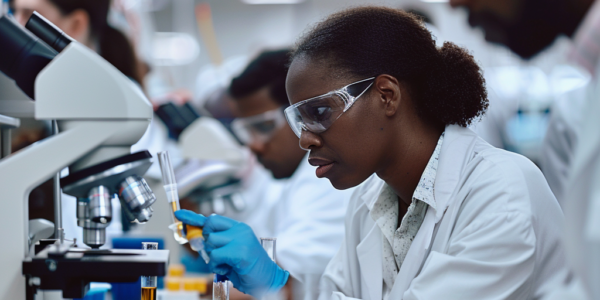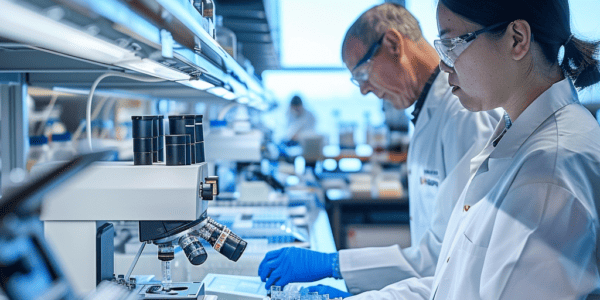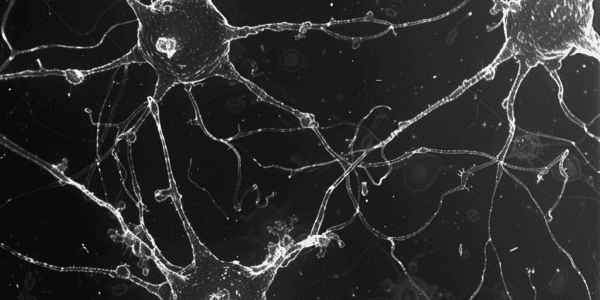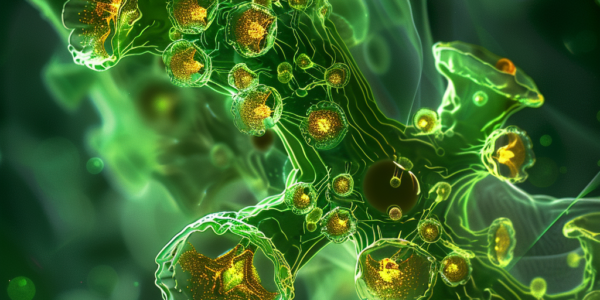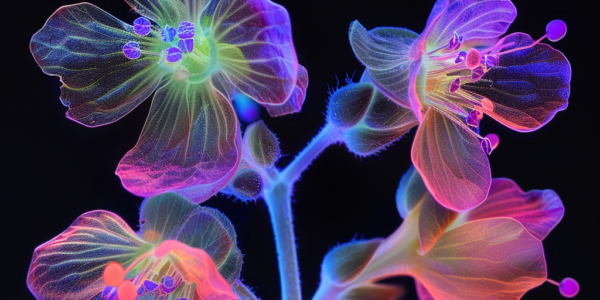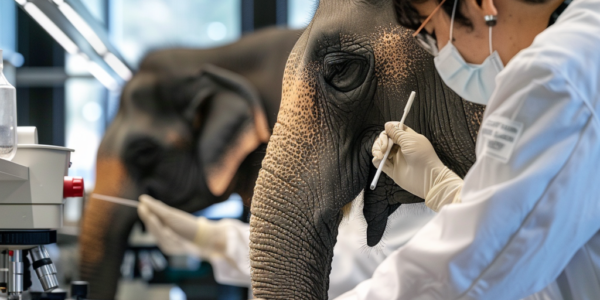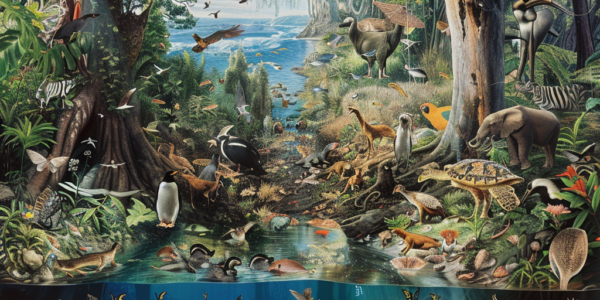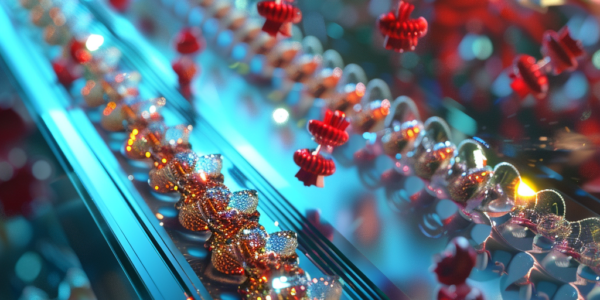Scientists Make Groundbreaking Discovery in Understanding Ebola Virus Replication Process
Scientists in Canada and the U.S. have made a groundbreaking discovery in understanding the replication process of the deadly Ebola virus. The research sheds light on how the virus interacts with a human protein called ubiquitin and identifies a potential target for new drugs to prevent the disease. The study utilized a combination of experimental and computational methods to investigate the interaction between the Ebola virus VP35 protein and ubiquitin chains, leading to the identification of potential chemical compounds that could disrupt this interaction. This breakthrough offers a promising avenue for the creation of more effective therapies to combat the devastating outbreaks and high mortality rates of the Ebola virus.
MIT scientists develop rapid gene-editing screen to identify cancer mutations
MIT scientists have developed a rapid gene-editing screen using prime editing to identify the effects of cancer mutations. This new technique aims to revolutionize the identification of mutations that could be targeted with new cancer therapies, potentially leading to personalized cancer treatments and more effective therapies in the future.
Link Between Schizophrenia and Aging Uncovered in New Study
Recent research published in Nature suggests a potential link between schizophrenia and aging, revealing coordinated changes in gene expression activity in neurons and astrocytes as a key factor. The study’s findings offer valuable insights into the potential biological underpinnings of cognitive decline in schizophrenia and aging, providing hope for future targeted interventions and therapies.
The Search for the Origin of Life on Earth
The search for the origin of life on Earth has captivated scientists for years. With various theories and hypotheses, researchers are exploring how life could have emerged on a hot and rocky planet like Earth. One popular theory involves the early Earth’s atmosphere, dominated by nitrogen and methane, which could efficiently produce organic compounds. The famous Miller-Urey experiment simulated these conditions and yielded astonishing results, suggesting that lightning, asteroid impacts, and ultraviolet radiation from the Sun could have combined to create the necessary chemicals for life.
New Research Uncovers Atomic Secrets of Photosynthesis
New research has uncovered the atomic secrets of photosynthesis, shedding light on the intricate process of chloroplast RNA polymerase transcription. This breakthrough offers potential for enhancing crop resilience and deepening our understanding of plant growth mechanisms. The study, published in Cell, not only presents a model but also provides resources to stimulate further fundamental discoveries in this field and support the long-term goal of developing more resilient crops.
Breakthrough in Genetics: Unraveling the Mystery of Crossover Interference
A recent breakthrough in genetics has unveiled groundbreaking insights into the process of meiosis and crossover, with significant implications for agriculture and breeding. The research at Pohang University of Science and Technology (POSTECH) has provided a breakthrough in understanding the century-old mystery of crossover interference, potentially revolutionizing the field of genetics and agriculture.
Scientists Make Breakthrough in Creating Stem Cells for Woolly Mammoth Resurrection Project
Colossal Biosciences has achieved a major milestone in the effort to resurrect extinct species by creating induced pluripotent stem cells for the Asian elephant, the closest living relative of the woolly mammoth. This breakthrough paves the way for advanced cloning and genetic engineering techniques to bring back extinct species. While the project has raised ethical concerns, it represents a significant step towards the ambitious goal of reintroducing mammoths and other extinct animals to the wild.
Discovery of 18 New Species of Antibiotic-Resistant Bacteria
Researchers have discovered 18 new species of antibiotic-resistant bacteria, shedding light on the origins of antibiotic resistance and potential insights into curbing these infections. The findings aim to enhance understanding of how resistance genes spread to hospital bacteria, posing a threat to human health. The research team collected samples from remote regions worldwide, including penguins in sub-Antarctic waters, duiker and elephants in Uganda, insects, bivalves, sea turtles, and wild turkeys in Brazil and the United States, kestrel and vultures in Mongolia, wallaby, swans, and wombats in Australia, as well as zoo animals and wild birds in Europe.
COVID-19 Lockdowns Led to Healthier Gut Microbiome in Newborns
Lockdowns during the COVID-19 pandemic led to changes in newborn babies’ gut microbiome, potentially protecting them against allergies. ‘Pandemic babies’ showed lower rates of allergic conditions and infections, reduced antibiotic use, and increased breastfeeding duration, highlighting the health benefits of the altered gut ecosystem during the COVID-19 lockdowns.
Researchers Develop First Synthetic Molecular Motor ‘The Lawnmower’
Researchers at Simon Fraser University and Lund University have created the first synthetic molecular motor, ‘The Lawnmower,’ capable of propelling itself by harnessing the energy it generates as it cuts through fields of proteins. This groundbreaking achievement has the potential to revolutionize the treatment of various diseases and opens up new possibilities in the field of synthetic biology and molecular engineering.

